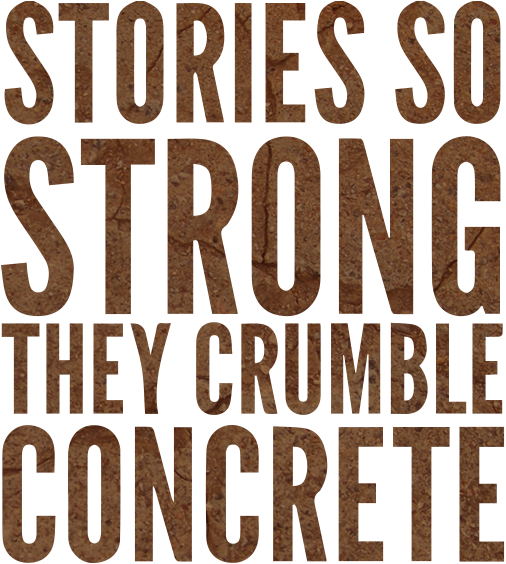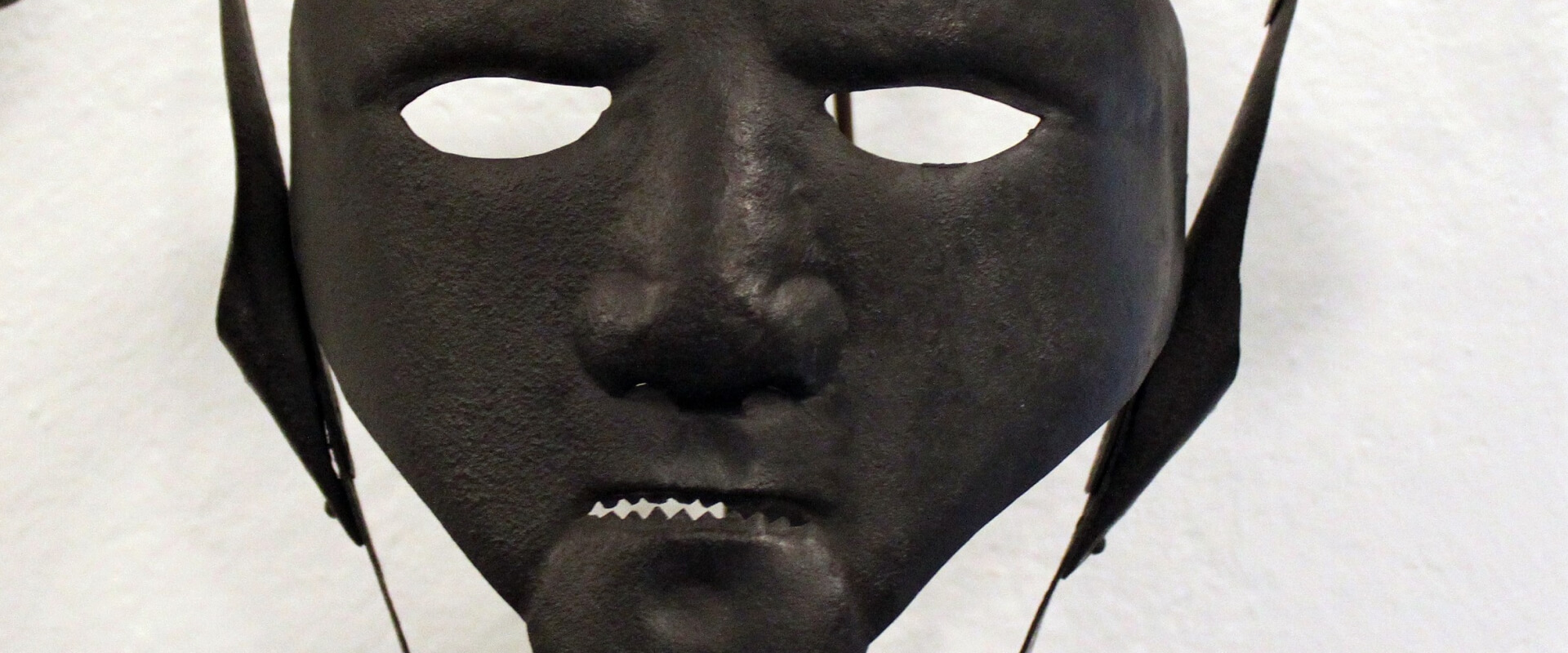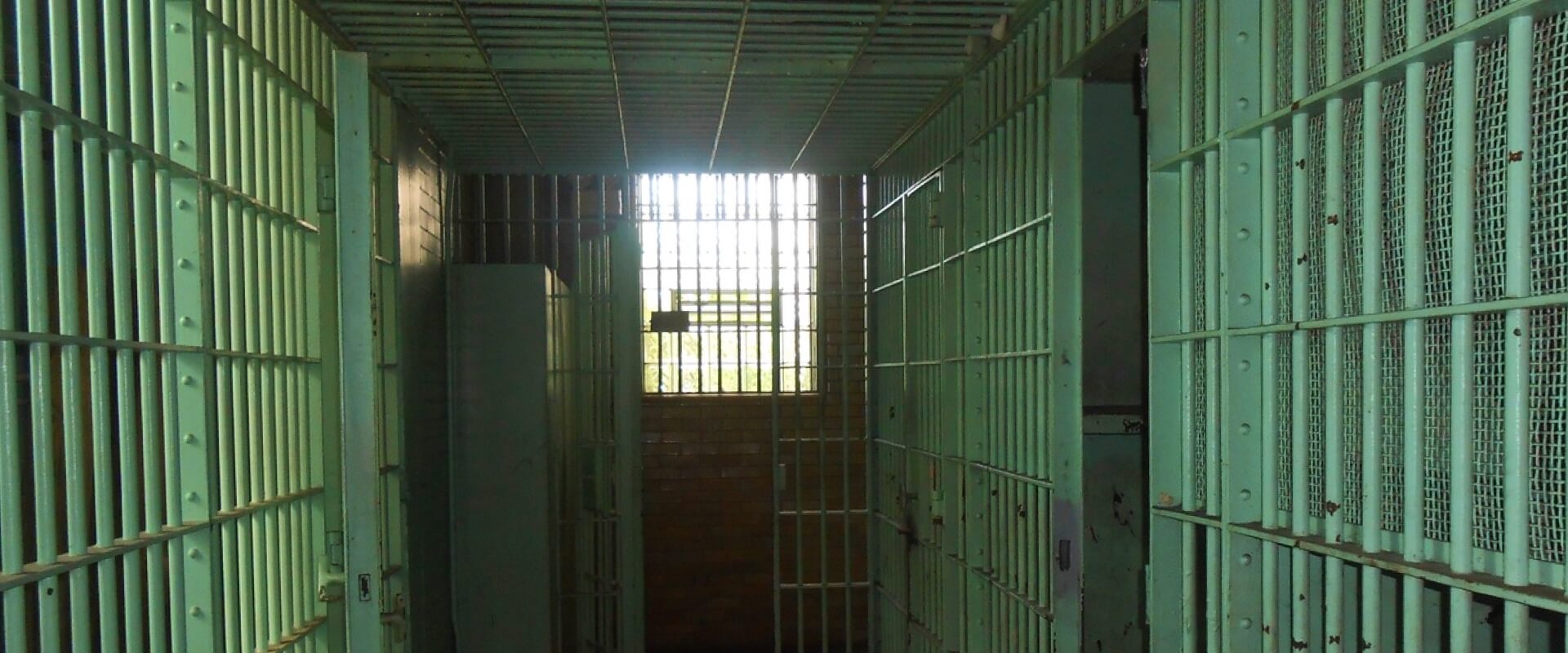Activism and Social Justice: Inside and Outside
Where Love Flies Free: Women, Home, and Writing in Cook County Jail
by Ann Folwell Stanford

activism community prison-life programs-in-prison
Being away from my family, I feel this empty space inside.—Denise
Yes- I could picture myself as being a bird, but a jailbird: we don’t fly, we multiply.—Margarita
Since I’ve been conducting poetry workshops for women in Cook County Jail regularly, I’ve had two distinct and disturbing dreams. Both have never left me. In one, I’m in jail myself. I have no idea why, and realize that I will not be able to get myself out. My dream jail is not at all like Cook County’s, which is located in Chicago’s densely populated West side. In my dream, I spend a good bit of time looking out over the top of a Dutch door at a wide expanse of woods, prairie, and—oddly—a long stretch of tarmac. Visitors come by and we converse over the top of the door, but they have no power to get me out of this jail. They bring me indecipherable messages, clothes, some food. I am confused, terrified, and angry. After I am forced back inside the enclosure, I find myself in a shadowy room with many other women. We mill around a bit, many of us in various stages of undress (getting ready for showers?). We seem to be gathered loosely around what resembles a Voodoo peristyle. Instead of performing a ritual together, however, someone steals my Palm Pilot(!) and I am left desolate, without any sense of history or future.
In the second dream, and this one recurs frequently, I live in a house that literally falls apart. Often the boundaries don’t hold and strangers (mostly hostile) from the outside manage to get in (doors don’t lock, windows fly open, wall seams dissolve). Sometimes a violent storm rips away the roof and bricks, leaving me trapped in my bed, open to the elements. Other times, chairs break when I sit on them, walls disintegrate, strangers wander through the house’s most private rooms. I am vulnerable, stalked, watched.
Incarceration affects us all. The loss of agency that haunts the first dream holds for many of the women who are behind bars today. History is stripped away as incarcerated women lose their children, families, and friends, as they give up their own clothing for prison or jail uniforms and as they take on the numbers that will be stamped on the backs of their uniforms or in their files like tattoos. (At Cook County, when the women are “processed” upon arrival, their identification numbers are at first written along the insides of their forearms in indelible magic marker.) For many women, their prison “home” will be many hundreds of miles away from family and friends, making visits difficult and in some cases impossible. Amnesty International reports a high level of human rights violations against imprisoned women including, “rape and other forms of sexual abuse, the cruel, inhuman, and degrading use of restraints on incarcerated women who are pregnant or seriously ill; inadequate access to treatment for physical and mental health needs; and confinement in isolation for prolonged periods in conditions of reduced sensory stimulation.” Within this harsh and alienating environment, present and future are determined, in the main, by a system hungry to fill expensive economy-boosting prisons with as many bodies as possible.
And like the houses in the second group of dreams, the house that holds them—the “big house”—has many cracks and blurred boundaries. Whether we acknowledge it or not, many—most—of those locked away will one day be back in our communities after years of punishment, in many cases psychological and physical torture, and little preparation for life on the outside (an unforgiving outside) that will help keep them from returning back into system. The children, parents, grandparents, and friends of incarcerated women and men are hurt. Our society is hurt—the loss of human potential, the sheer cost of maintaining and building jails and prisons, increasing violence (much of which is learned within prison walls) affects us all. The house has no real boundaries, despite the bars, the razor wire and guards. Its inhabitants are part of us; we are part of them. The house will not hold. Nor should it.
I think of the day that will come soon where I’ll be able to take long walks for miles and miles barefoot in the grass, smelling the plants and watching the water flow.—Rebecca
Dear God, why make me suffer trying to make me soft? All I do is get tougher . . .—Zina
At “The County,” hundreds of women are waiting—some of them for weeks, some for years—for sentencing, reprieve, another life, their children, husbands, partners, jobs. Despite motivational posters occasionally taped to the walls and superintendents who seem eager for these women to use jail time to improve their lives, little in the system is designed to maintain dignity. Rather, the jail seems—like most contemporary U.S. penal institutions—to be geared to dehumanize the incarcerated person and those who visit her. The women are frequently called “ladies” (sometimes “bitches” or “whores” also), but they are treated as unruly children, drugged or thrown in the “hole” when they become angry, agitated, or violent, and reprimanded when they move out of line in any way. Agency and choice are prohibited; they are given uniforms, assigned identification numbers, housing tiers, cellmates.
The passivity coded into the official discourse (“feeding time,” “being medicated”) matches the rules, which stress absolute obedience at all times, quiet (despite the overwhelming and nearly ceaseless noise of TVs, shouting, and slamming doors throughout the day and early evening), and military deference to “officers.” Breakfast is served on individual tiers at 3 or 4 a.m. (after which the women are sent back to their cells), lunch at 10 or 11 in the morning, and dinner anywhere between 4 and 6 in the afternoon. Families and friends are usually frisked, and a sign points out that they are about to enter the “visitors’ cage” where they are not permitted food or drink. Not only are the women penned in, but their visitors are relegated to their own dehumanizing spaces as well.
Everywhere I turn, a locked door. A constant reminder of my destruction.—Mary Ann
Just like this flower grows from the dirt, so will I. But as I grow, life is hard and so it will make me cry.—LaVerne
A look at the Oxford English Dictionary’s 2 _ pages of definitions for “home,” highlights, among others, the following aspects of the word: ownership, habitual dwelling, nurture, pertaining to the private, personal self, and interestingly, death (as in a “long home” or “last home”). As an adverb, it suggests getting to the heart or root of a matter—to home in on an issue, for example. Cook County jail, the largest single-site county pre-detention facility in the United States, sits on 96 acres, and is temporary home for nearly 9,000 men and women daily, mostly pre-trial “offenders” (a curious denotation, since they have not yet been convicted) or those serving short misdemeanor sentences. Of this population, in July of 2001, 14.31% were Latino, 16.71% white, and 68.30% Black. Indeed, Black women are seven times more likely to be incarcerated then white women, a statistic that is readily apparent when the women at County are gathered. Cook County has the third highest number of detainees in the country (Los Angeles and New York City are first and second). It usually houses over 1200 women in two divisions. Seventy-one percent of the women in Cook County Jail are single mothers, 80% have survived sexual, physical, or emotional abuse, 80% meet the criteria for one or more lifetime psychiatric disorder, and 70% are charged with drug, alcohol, or property crimes. The majority of these offenses is social or medical in nature and should not be treated through incarceration. Some of the women in County will be released; many will be sent to state prisons. Each of them has become a statistic in the shameful record of the United States’ escalating reliance on a prison industrial complex whose costs in 1998 were just under $9 billion (many state prison expenses rival educational budgets), and whose numbers have swelled in recent years to over two million.
Once I was a young girl full of dreams, then drugs came along and took these things.—Robbie
The “habitual dwelling” of the OED’s definition becomes the revolving door of jails and prisons for poor women. Mandatory sentencing laws affect low-income drug users at a much higher rate than wealthier buyers who can afford cocaine, for example. This, along with heavier reliance on prison sentences rather than probation and racial profiling practices, has contributed to the tripling number of incarcerated women in the last 10 years. The women become, in effect, the property of the county and later (if they are convicted), the state, sentenced to what can amount to a living death, the OED’s “long home,” “last home.”
How does one make sense of “home” in a setting such as this? In the 6 years I have written with the women at Cook County, I have been consistently awed and inspired by their ability to create life-giving, life-affirming spaces for themselves and each other—a kind of home—in conditions that actively work against the creation of such spaces. One of the (many) ways they do this is through writing.
I watched myself walking out of those doors with the memories of my children laughing and playing, enjoying one another right before my eyes. For many months I had drawn a picture in my head of taking the kids for a night out on the town. Post-cards had kept me with the joy of someday being free. Each morning as I rise I can take freedom: I watch as people are released. . .—Rhonda
Cook County women’s division is a place where women who have never been locked up exist side-by-side with those who are long familiar with the revolving door of incarceration. And, of course, the experience of being there is different for each woman. Many are terrified, demoralized, ashamed. Some are defiant. Some are relieved to be off the streets for a while, away from abusers, from their habit, or from the daily grind of homelessness. Some are determined and strong. Others have had religious or spiritual awakenings. Memories flood to the surface. Many of these sensations overlap. These are the raw materials of the writing workshops. The women bring their experiences, hopes, and dreams to put down on paper. They bring vision and wisdom. They bring constellations of possibility with them.
The writers share moments with themselves and with each other where they experience ownership of their minds and hearts, where they are nurtured and provide nurture to each other, and where they begin to feel safe enough to share their private, personal and multiple selves. Also through writing, they are able to reconstruct the home space they remember from childhood, or wish they’d had, or home they would like to provide for themselves and their own children. Thus, in the act of experiencing a temporary, ephemeral home in this writing, the authors recover and conjure new visions of domestic space, community.
For the women within Cook County, writing becomes a nexus of bridges: to the self, to family, lovers, and friends, to each other, and to the community of readers who have no idea who the writers are but who may—just may—be changed a bit through reading their words. These bridges are a means of survival, a means of creating the space for home, for belonging, ownership, nurture, even for getting at the heart or root of things (as they home in on their situation). Writing provides one means for the women to explore and to re-construct themselves, all of which is a function of home, in its best sense. In the writing, they can be the women they were before incarceration or would like to be after. They can take a line from Nikki Giovanni’s self-loving, self-proclaiming poem, “Ego Tripping,” and use it to trip on their own outrageous selves. In this, they are doing dangerous things with words: they are resisting the narrative that society has scripted for them. They claim and proclaim that they are not simply statistics, predators, loose-women, nameless women, poor women, battered and raped women. Instead, they construct selves that are rooted in their deepest belief and desires about who they are—strong, beautiful, kick-ass, loving, angry, dancing, laughing, sorrowing, hungry, full women. They also construct worlds, better ones than they experienced prior to being booked. In those brief hours, the women writing around the table at Cook County Jail create a space for the kind of home many of us would like to have grown up in. In these re-created spaces, justice has a chance, children are loved and protected, women walk without fear, drugs do not exist, forgiveness reigns, and love flies free.
Just look at me and you will see a beautiful woman. If you think such a woman does not exist, just take a look in the mirror, because you are a beautiful woman too.—Barbara Jean



